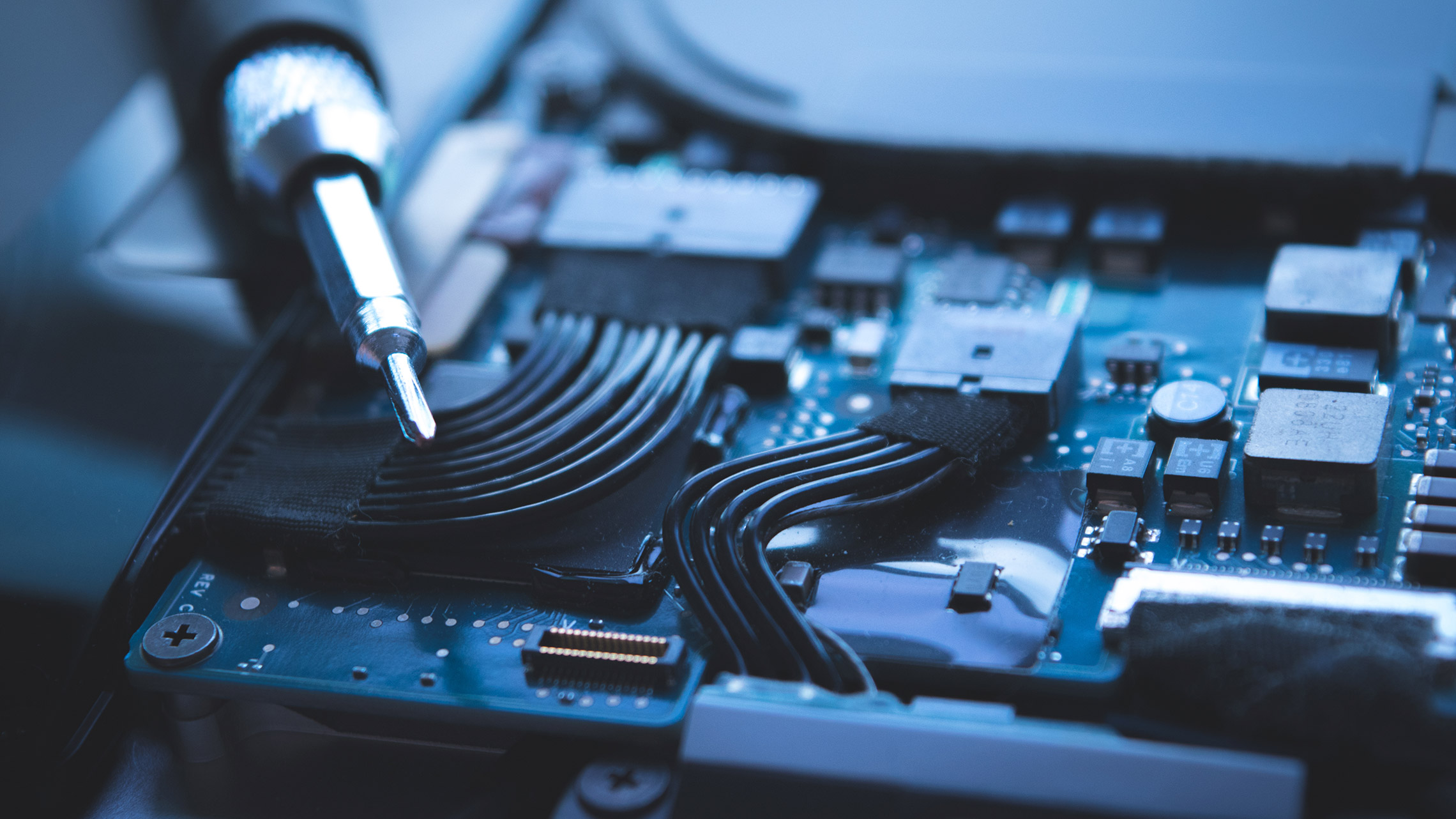i.Talks Técnico – NOS: a conversation about the current challenges of telecommunications
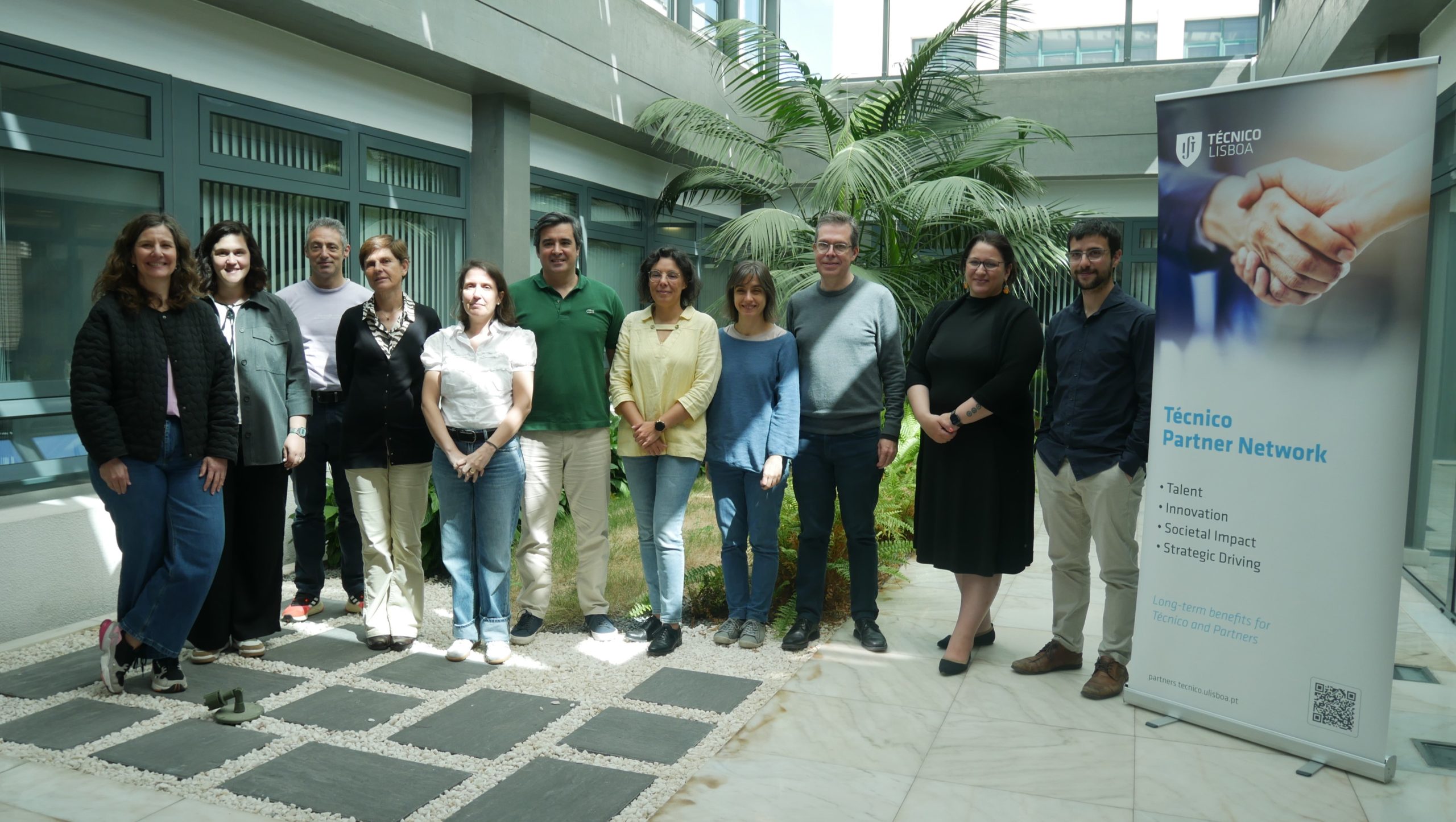
On May 6th, Técnico da Alameda hosted the i.Talks Técnico-NOS, which promoted the sharing of work developed by the industry, faculty members, and researchers in the Telecommunications sector. The session was divided into four parts to address the Internet of Things (IoT), data models and generative artificial intelligence, non-terrestrial 5G networks and IoT (3GPP), and UAVs (drones) in aerial corridors. The conversation was moderated by Professor Fátima Montemor and featured the participation of António Grilo, Professor at the Department of Electrical and Computer Engineering, and Mónica Gomes and Ricardo Jorge Dinis, members of NOS.
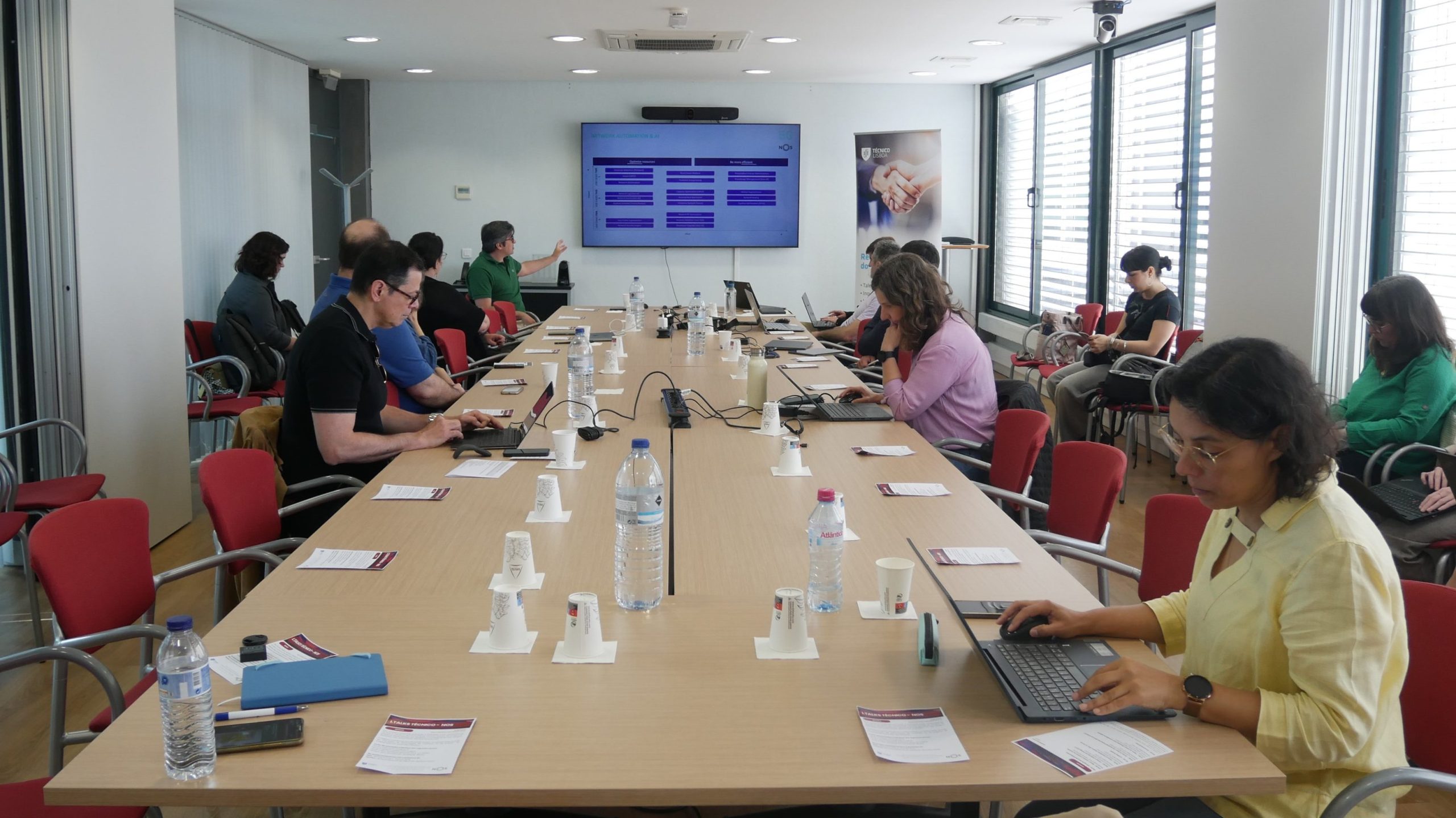
The session began with an intervention by Ricardo Jorge Dinis, who spoke about the data models used by NOS, as well as the use of artificial intelligence for anomaly detection in the network, aimed at optimizing energy resources. On the other hand, he also mentioned that the company performs profile analysis and segmentation, studying network performance and its impact on customers.
Ricardo Jorge Dinis also presented the topic of UAVs (Unmanned Aerial Vehicles) in aerial corridors, explaining that, currently, these corridors have restricted access, meaning they are reserved for drones with specific characteristics, depending on factors such as weight and size. These drones can be used to contribute to mobile network coverage, also serving as an extension of 5G.
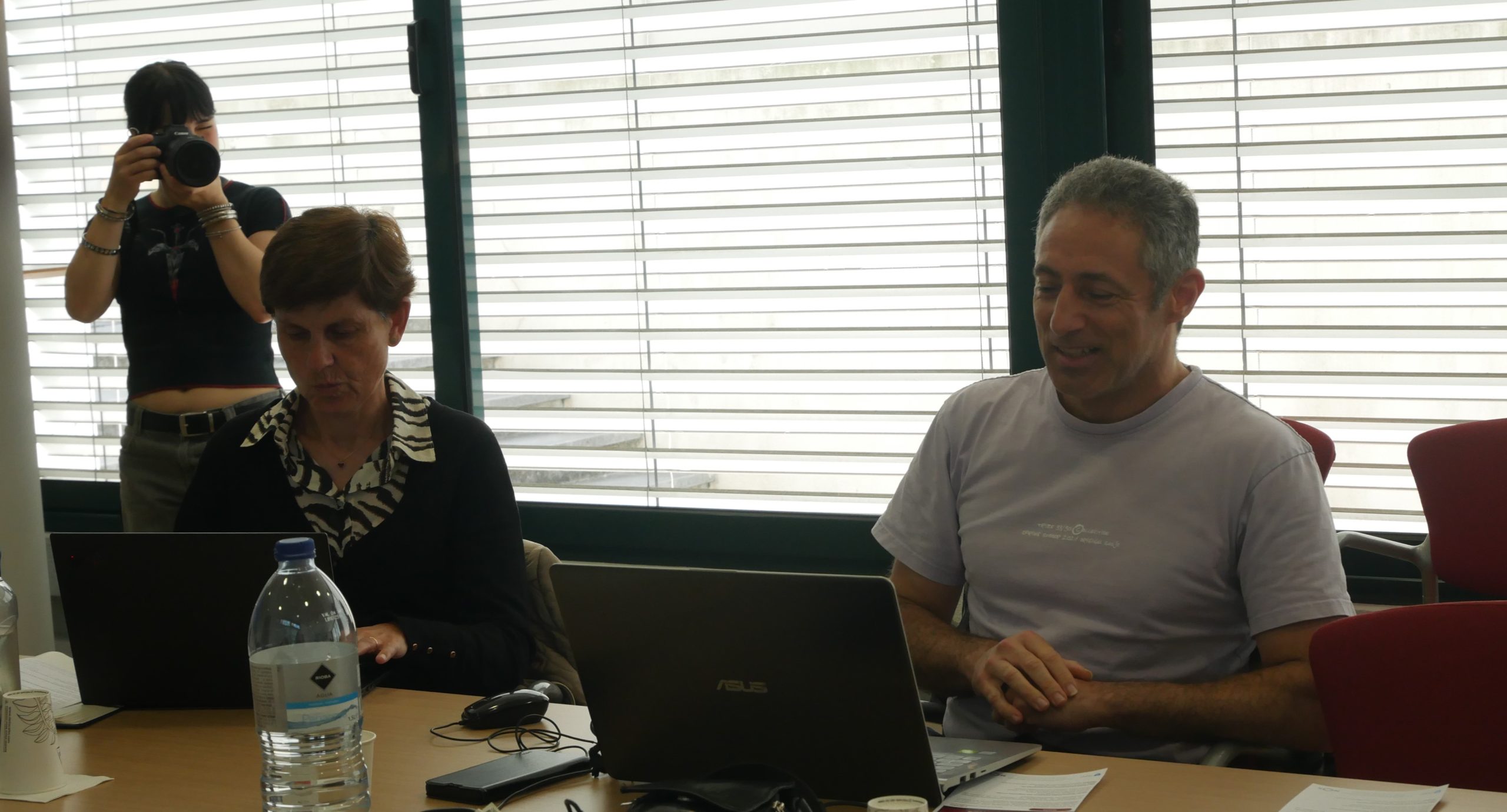
In this context, António Grilo gave a brief presentation on his work in the field of non-terrestrial technologies. These technologies contribute to greater connectivity, increasing speed, efficiency, and network coverage, where and when needed, including in situations where there are problems with the terrestrial network. They can also have complementary functions, such as surveillance, traffic monitoring, and logistical tasks.
He emphasized that they can be used to control situations like wildfires. On the other hand, he mentioned some of the benefits that a decentralized network offers for avionics, such as providing GPS data, knowing the position of other UAVs, calculating the distance to neighboring UAVs, and determining the ideal position, in contrast to the centralized network, where communication occurs via satellite, and the data is aggregated to a control station.
Finally, António Grilo mentioned some master's theses in this field, carried out by students from Técnico, including 3D characterization of 5G network coverage, UAV path planning considering 5G coverage, and navigation in GPS-denied environments using 5G signal maps/fingerprints – works in which he was a supervisor.
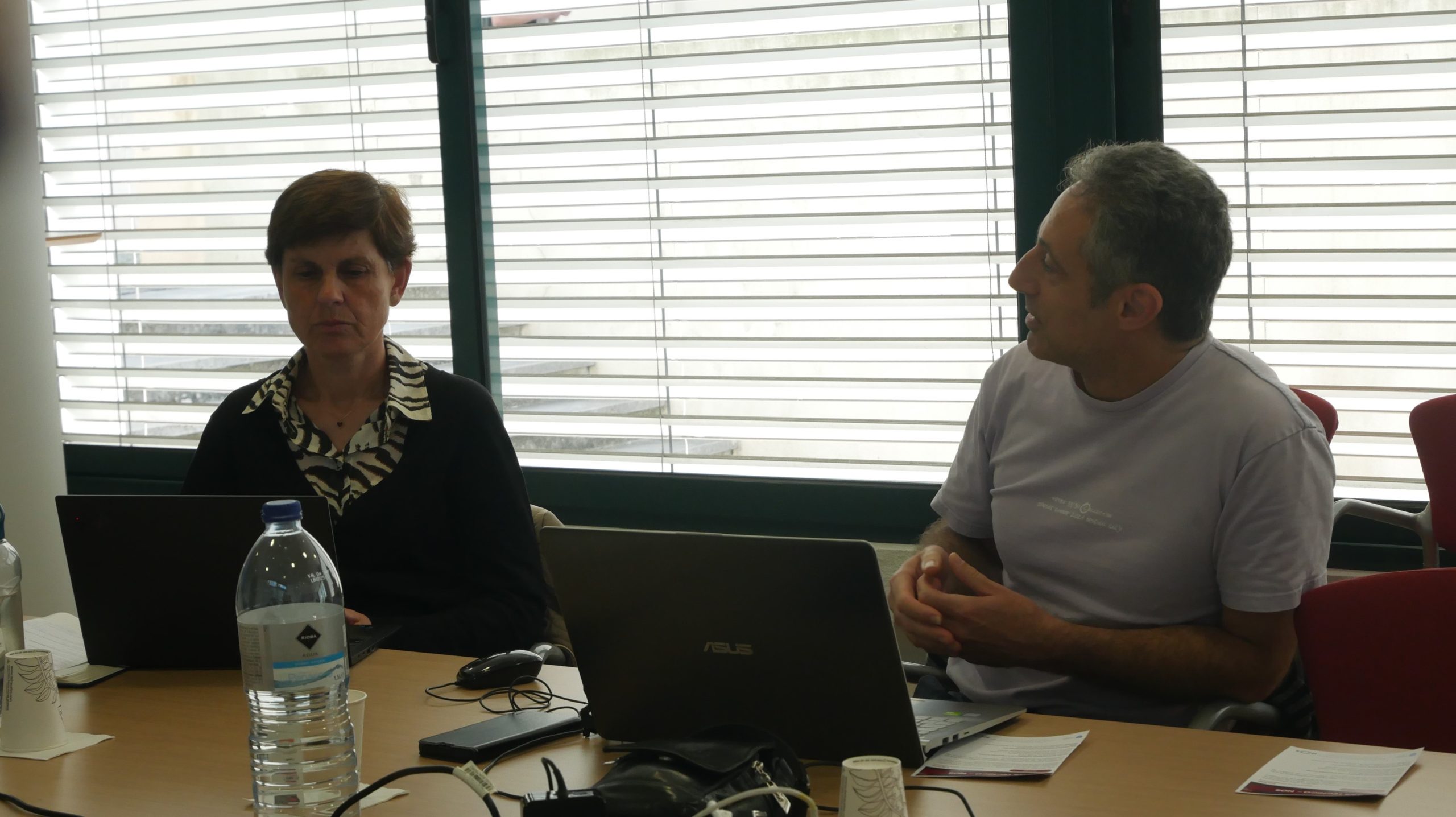
Subsequently, Mónica Gomes addressed the Internet of Things, highlighting that this system is used by NOS for the development of customized solutions and innovative projects, which aligns with the evolution of smart cities and Industry 4.0, as well as the use of non-terrestrial networks.
Throughout the session, the faculty and researchers present asked questions to the speakers regarding the topics presented, sharing different viewpoints on the research.
The morning ended with a discussion on potential collaborations, where the company expressed its willingness to provide the necessary support for the development of master's theses in the field.
